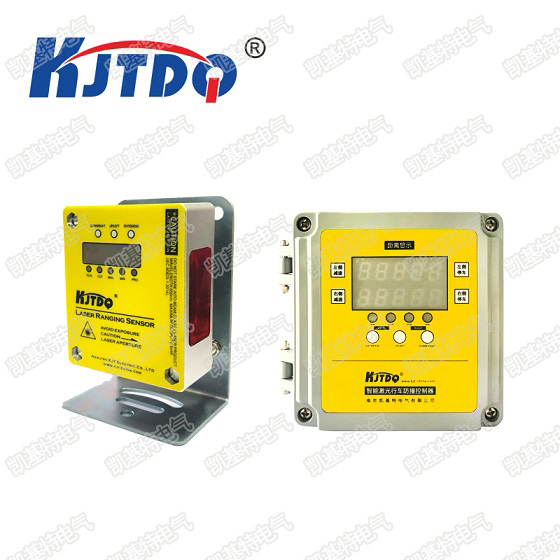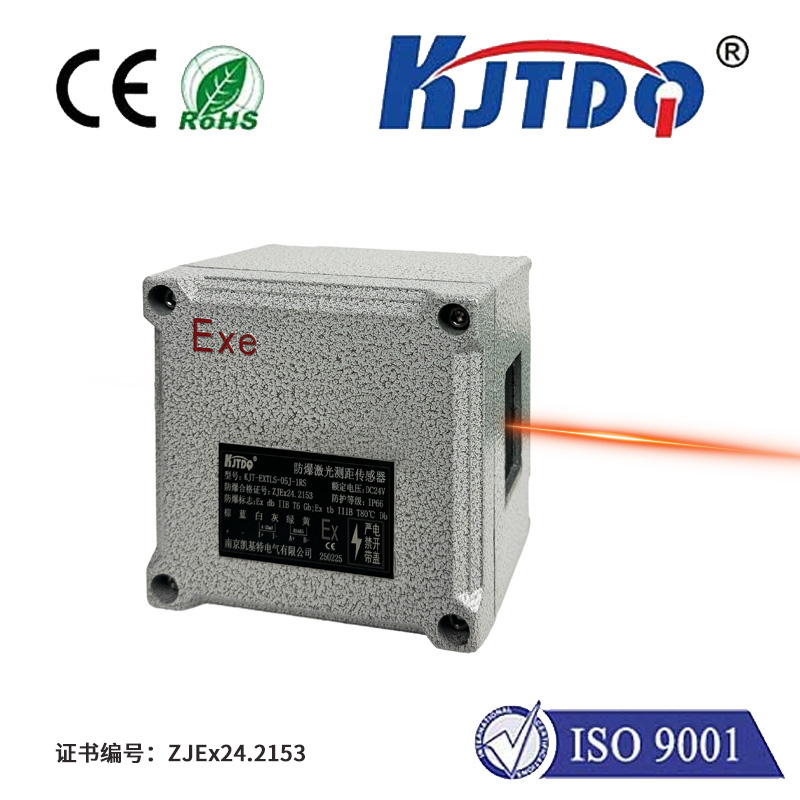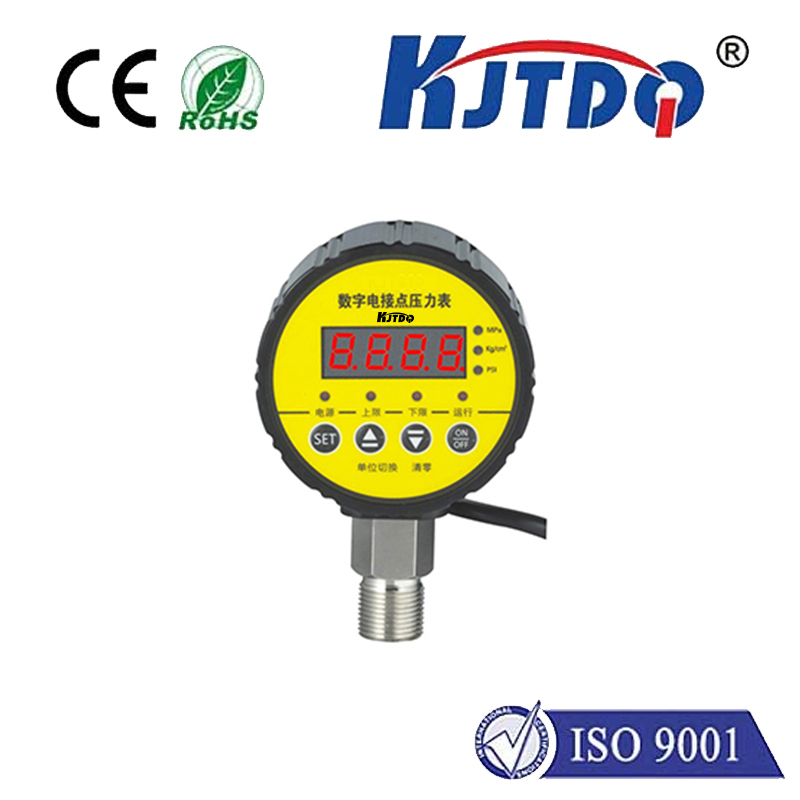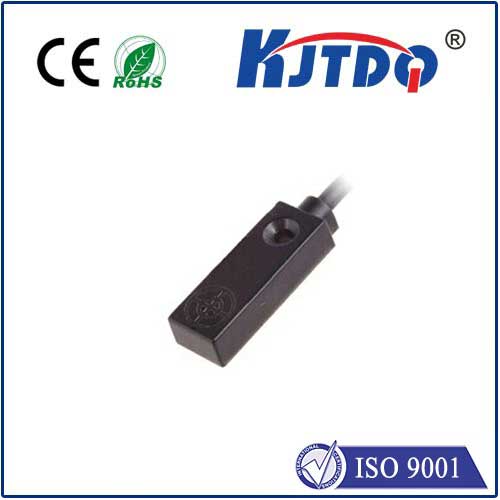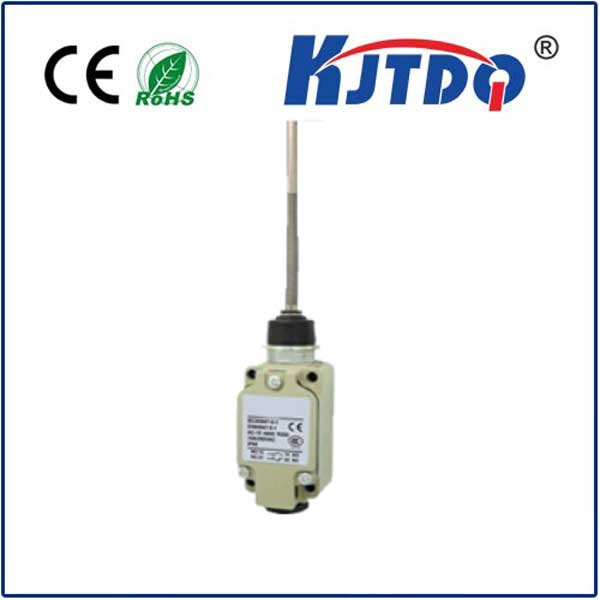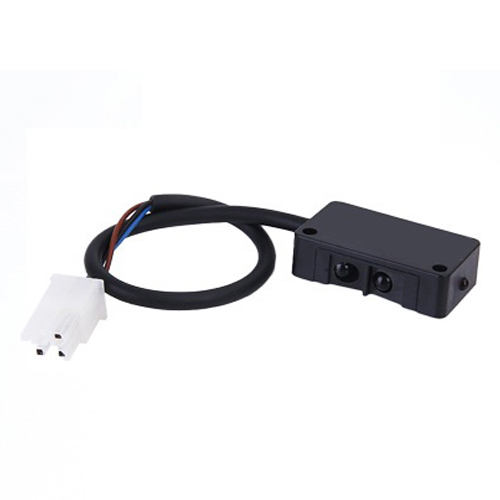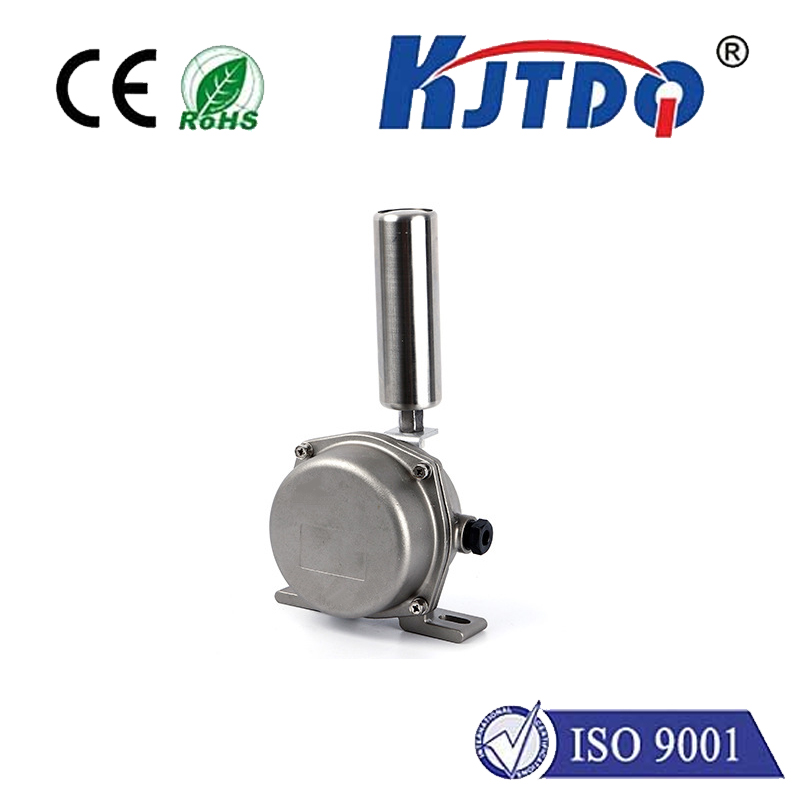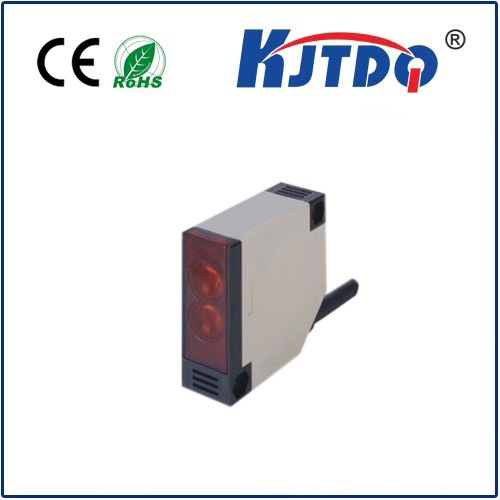

check

check

check

check

check

check

check

check

check

check
Gas pressure transmitters are integral components in various industries that require precise measurement and control of gas pressure. These devices play a crucial role in ensuring safety, efficiency, and consistency in industrial processes. This article delves into the significance of gas pressure transmitters, their applications, and how they function to provide reliable pressure readings.
At their core, gas pressure transmitters serve as sensors that convert the measured pressure of a gas into a signals that can be read by control systems. They are designed to detect both positive and negative pressure variations with high accuracy. By doing so, they enable real-time monitoring and regulation of gas pressures within industrial environments.
Oil and Gas Industry: In drilling operations, gas pressure transmitters monitor the pressure inside wells to prevent blowouts and manage the extraction process safely and efficiently.
Manufacturing Plants: Industries such as petrochemicals and refining use these transmitters to ensure optimal pressure conditions for chemical reactions and processing.
Power Generation: Gas pressure transmitters are employed in power plants to measure and control the pressure of natural gas or other fuel gases, ensuring safe and efficient combustion.
HVAC Systems: In heating, ventilation, and air conditioning systems, these transmitters maintain the correct airflow pressures for energy efficiency and comfort.

Medical Devices: Certain medical equipment, like anesthesia machines, rely on gas pressure transmitters to deliver precise dosages of medical gases to patients.
Gas pressure transmitters consist of several key components that work together to perform accurate measurements. The main parts include:
Diaphragm or Sensing Element: This part comes into direct contact with the gas whose pressure is being measured. As the gas pressure pushes against the diaphragm, it causes a deflection proportional to the applied pressure.
Transducer Mechanism: The motion induced by the diaphragm is translated into an electrical signal by the transducer. This could be a capacitive, inductive, or piezoresistive mechanism, depending on the design of the transmitter.
Electronics and Amplifiers: The weak electronic signal produced by the transducer is conditioned and amplified to generate a standardized output signal, such as 4-20 mA, which can be interpreted by a control room system or PLC (Programmable Logic Controller).
Display and Calibration Features: Many gas pressure transmitters come with onboard displays for local indication and interfaces for easy calibration and configuration.
Enhanced Safety: Accurate pressure monitoring helps prevent dangerous situations like overpressurization, leaks, or explosions.
Improved Process Control: With precise pressure data, industries can optimize processes, reduce waste, and ensure product quality.
Cost Efficiency: Preventative maintenance guided by pressure transmitter readings can avoid costly downtimes and equipment failures.
Environmental Benefits: Proper pressure management reduces emissions and energy consumption, contributing to sustainability goals.
In conclusion, gas pressure transmitters are indispensable tools for modern industry, offering critical measurements that support safety, efficiency, and environmental responsibility. Their ability to provide continuous and accurate pressure data makes them vital in the automation and control of complex industrial processes. Whether in the energy sector, manufacturing, HVAC systems, or medical technology, gas pressure transmitters enhance operational reliability and contribute significantly to overall system performance.
